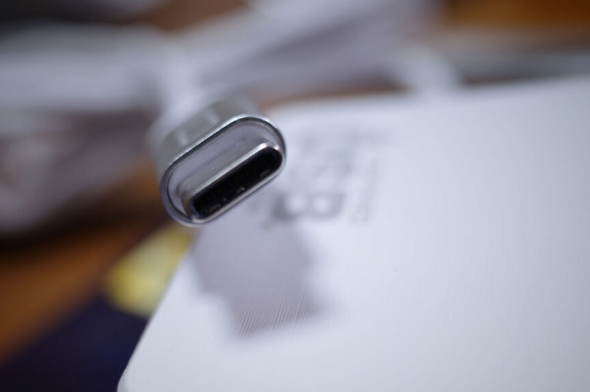Connection to DriversCloud Create a DriversCloud.com account Reset your DriversCloud.com password Account migration
USB4 version 2 promises speeds of 80 Gb/s and even 120 Gb/s without new cables
A new version of USB4 should considerably increase the maximum theoretical data rates without involving too many changes.
The thirty-somethings, but especially the forty-somethings and more, surely remember the time when USB did not exist. The first version of this Universal Serial Bus came to us in 1996 when our PCs were still running Windows 95. But remember, you needed the famous OSR2 of Windows 95 to be able to use USB on Microsoft's OS and still, not everything was as plug and play as we were led to believe.
No matter if the beginnings were a bit tricky, year after year, the USB has improved, enriched by new versions and, today, it is unavoidable. Absolutely everywhere, it can be found on all computer platforms as well as on countless everyday objects that are more or less connected. Currently, connectivity is generally shared between USB2 and USB3 with countless variations of the latter: USB3, USB3.1, USB3.1 Gen 1, USB3.1 Gen 2, USB3.2, USB3.2 Gen 2×2... The luckiest - or the most technophile - can even count on the first USB4 hubs.
This latest standard aims to popularize USB-C and even higher speeds, doubling those of the already very fast USB3.2 Gen 2×2. Indeed, announced in 2017 and made official in September 2019, USB4 promises nothing less than 40 Gb/s. A speed that may seem unbelievable, but is actually insufficient for all the uses that some people envision for USB4: it is already used to broadcast high-definition video and it is with this in mind that USB4 version 2 is being developed. We don't have any information yet about the availability of this umpteenth standard which should however simplify the nomenclature: we are promised USB4 version 2, period.
While waiting for other characteristics, for the moment we can say that USB4 version 2 will double the maximum theoretical speed of USB4. So we go from 40 Gb/s to 80 Gb/s, but it will even be possible to reach 120 Gb/s through a mode called "asymmetrical". The idea here is not to use the same number of pairs of wires for the upstream and downstream connection. While the first one would have three pairs, the downstream one will be satisfied with only one. With each pair allowing 40 Gb/s, the count is good: 120 Gb/s on one side and 40 Gb/s on the other.
We have not yet mentioned the most surprising part of this announcement. Indeed, to reach such speeds, it will of course be necessary to have compatible devices on both sides, but it will not be necessary to change cables. Of course, USB3 / USB4 cables are not the same, but if you have a quality product, which respects all standards, then you will be able to use it in USB4 version 2 and enjoy the maximum speeds of the new standard. Pretty good news, right?





